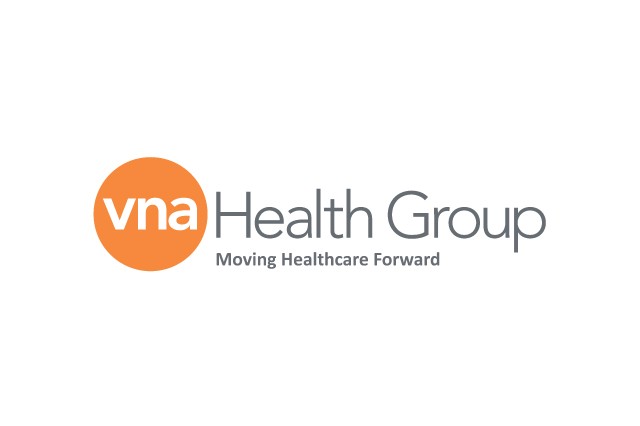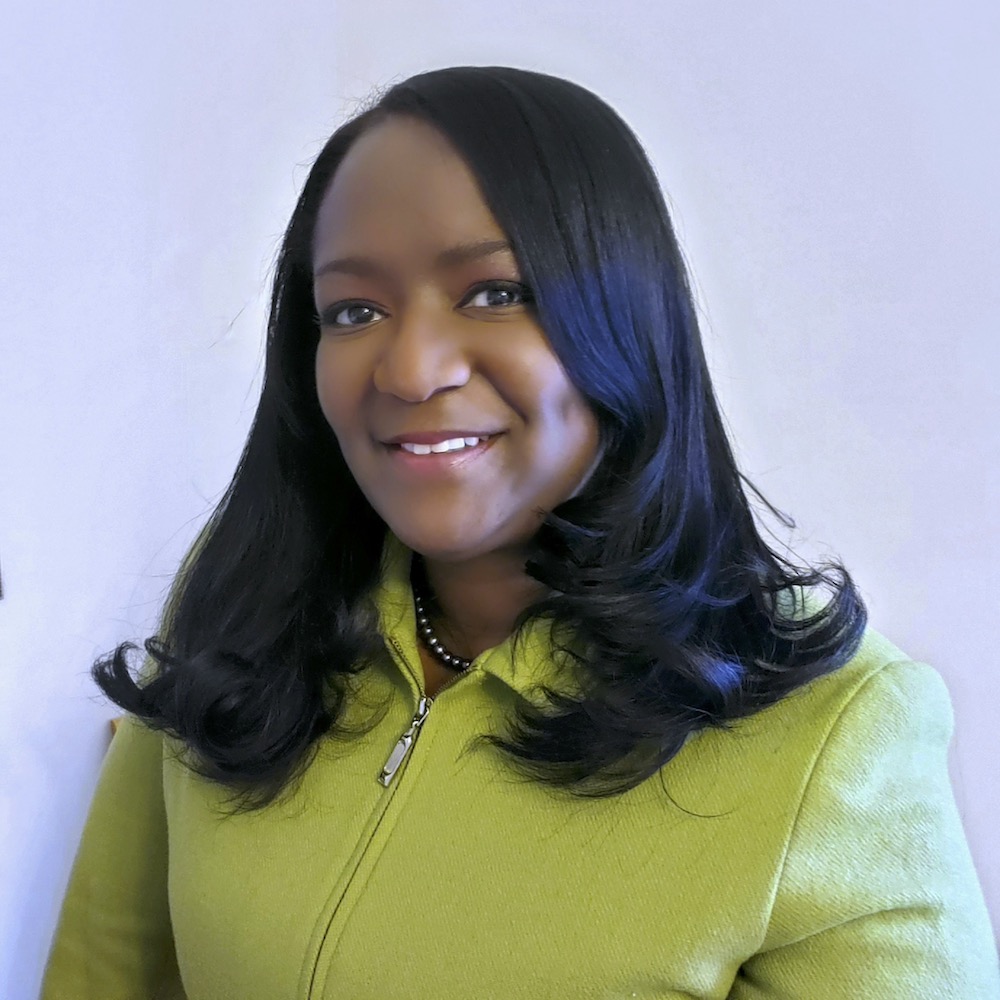COVID-19 Vaccine Access for Homebound Older Adults: Challenges and Potential Solutions
Disclaimer: The purpose of this “article” is a quick share of my understanding of the situation and to start a dialogue, I recognize that I may be missing something so I hope this post will create some learning opportunities for the author as well as the reader! I also now have a 2nd post on this topic with some new information.
Nearly 6% of older adults may be completely or mostly homebound.[1] Almost all homebound older adults fall into United States Centers for Disease Control and Prevention (CDC) “Phase 1b or 1c” priority populations for receiving a COVID-19[2] vaccine due to their age and medical histories. This means millions of people who should get vaccinated may not be able to easily travel to medical facilities, clinics, or other locations being set up for mass vaccination. In my 15 years of experience as a physician caring for homebound older adults, I can confidently say that for most of these individuals it is not realistic or compassionate to assume they get vaccinated outside of their homes. There should be a plan to get the vaccine to them in their homes.
Vaccine Transport and Logistics for Home Vaccination
The two vaccines that have received Emergency Use Authorization from the United States Food and Drug Administration (FDA) are manufactured by Pfizer-BioNTech and Moderna, and both come in multi-dose vials and according to the package inserts those vials must be used within 6 hours of being brought out of their storage phase or be discarded. [3, 4] In facility settings with many people lined up to receive the vaccine, there would seem to be little risk that the multi-dose vials are not completely used up within the required timeframe. However, if vaccine administration is completed one at a time, home by home, it becomes hard to imagine how a home visiting nurse or doctor would be able to use up all the vaccine in each multi-dose vial before the 6 hours have passed and it is supposed to be discarded.
A potential short-term solution to this problem would be for the manufacturers or other experts such as pharmacists to provide additional guidance about the appropriateness of prefilling single dose syringes. Could single doses could be drawn up into individual syringes in the morning and then distributed to multiple home visiting clinicians so as to empty the multi-dose vials and administer the vaccines within the recommended timeframe that day? Of course, those home visiting clinicians would need to keep those syringes at the appropriate temperature during transport, but from the information on the package inserts that would seem very doable given the vaccines can be stored at essentially room temperature for 6 hours. Another solution would be the expansion of manufacturing of purpose-built, single dose, prefilled vaccines and then prioritizing the distribution of these types of vaccines for home healthcare. There is a report by the United States Department of Defense (DOD) that $138 Million was awarded to ApiJect Systems for America to create more than 100 Million prefilled single-dose syringes by year-end 2020 and over 500 million doses in 2021.[5] Are these appropriate for home health use? How do providers access these?
Who Can/Should Provide Vaccines to the Homebound?
Many homebound individuals are currently under the care of home health agencies (HHAs) or hospices, and others may already be receiving home-based primary medical care from a visiting physician or nurse practitioner. One possible way many of the homebound could gain access to COVID-19 vaccines would be if these providers, who they already are connected to, are empowered to provide the vaccine as part of their ongoing in-home care plan. A person’s current/existing home health nurse or case manager or home visiting physician or a dedicated “vaccine provider” from these organizations’ staffs could, in theory, provide a home vaccination in conjunction with the other services or as a standalone service. In several places I qualify things with “potentially,” “in-theory,” “could,” or “in-concept,” because I am not aware of any in-home care providers that are already, at the time of this article, able to provide this service. We have work to do!
For homebound older adults who are not already connected to some type of in-home service provider, there could be several options. One option (in concept) would be for home health agencies and other home visiting providers to offer the service to new individuals not already under their care. This would be more difficult for providers because they would need to go through all of the required steps for bringing on a new patient to their service such as registration, history taking, consents, privacy notices, etc. Other options for people not already connected to an in-home agency or service provider would be for state and local public health departments or office-based primary care providers to provide home outreach. However, these entities are not often staffed for home visitation and may end up needing to coordinate with, or contract with organizations that already focus on home care such as HHAs and home visiting medical groups.
What about Safety?
In order to do this, these home health providers would need access to vaccine (they haven’t yet been prioritized as distribution sites by all state health departments), algorithms for home administration, and staff training. One of the most important issues to address would be in-home observation and assessment for complications such as anaphylaxis (severe allergic reactions) and plans to safely address any such complications. CDC recommends that vaccine recipients be observed for at least 15 minutes after vaccination to monitor for adverse reactions, they also recommend that vaccine providers at least have prefilled epinephrine syringes, and oral antihistamines on hand to manage anaphylaxis.[6] I don’t believe these requirements alone make in-home administration impossible, but they do mean that if existing home care providers are to add home vaccination to their efforts, they will have to plan and train staff accordingly, and the amount of additional resources to provide this service on top of their existing services are not trivial.
Medicare Payment and Financing Issues for Home Vaccination
The Centers for Medicare and Medicaid Services (CMS) and their intermediaries could help home care providers in their home vaccination efforts by providing some clarifying guidance. For starters, CMS could clarify for Medicare certified home health agencies that a nursing visit for the purpose of COVID-19 vaccination is a covered service under the Medicare home health benefit. CMS could also clarify for home visiting physicians, nurse practitioners, and other Medicare Part B providers that the required post-vaccination in-home observation service is NOT bundled into the relatively small payments[7] for vaccine administration, and advise that it is reasonable and appropriate for these types of providers to bill for a home visit (evaluation and management service) in addition to the vaccine administration codes. This observation period is not as big of a resource issue in an office setting or congregate care setting where many people may be receiving their vaccines at once and in those settings the vaccine administration codes may be payment enough. For example, when I received my COVID-19 vaccine, I was observed by a nurse (in a “holding” area) with about 10 other people. In the home setting, one nurse could likely only observe one person at a time, and this brings up serious resource and financing issues that could be, at least in part, addressed by these recommendations for CMS. All of these circumstances would be more feasible with additional CMS guidance, as previously suggested, with special consideration for homebound individuals not already under the care of a home care service.
While there are certainly many issues to resolve for in-home access to vaccines for homebound older adults, healthcare providers have been able to quickly and impressively overcome many new challenges during this pandemic! I am optimistic home vaccination can be possible in the coming weeks if we amp up the discussion amongst providers and policymakers.
1. Ornstein, K.A., et al., Epidemiology of the Homebound Population in the United States. JAMA Intern Med, 2015. 175(7): p. 1180–6.
2. CDC. United States Centers for Disease Control and Prevention: When Vaccine is Limited, Who Gets Vaccinated First? 2020; Available from: https://www.cdc.gov/coronavirus/2019-ncov/vaccines/recommendations.html.
3. FDA. FACT SHEET FOR HEALTHCARE PROVIDERS ADMINISTERING VACCINE (VACCINATION PROVIDERS): EMERGENCY USE AUTHORIZATION (EUA) OF THE PFIZER-BIONTECH COVID-19 VACCINE TO PREVENT CORONAVIRUS DISEASE 2019 (COVID-19). 2020 ; Available from: https://www.fda.gov/media/144413/download.
4. FDA. FACT SHEET FOR HEALTHCARE PROVIDERS ADMINISTERING VACCINE (VACCINATION PROVIDERS): EMERGENCY USE AUTHORIZATION (EUA) OF THE MODERNA COVID-19 VACCINE TO PREVENT CORONAVIRUS DISEASE 2019 (COVID-19). 2020; Available from: https://www.fda.gov/media/144637/download.
5. DOD. DOD Awards $138 Million Contract Enabling Prefilled Syringes for Future COVID-19 Vaccine. 2020; Available from: https://www.defense.gov/Newsroom/Releases/Release/Article/2184808/dod-awards-138-million-contract-enabling-prefilled-syringes-for-future-covid-19/source/GovDelivery/.
6. CDC. Interim Considerations: Preparing for the Potential Management of Anaphylaxis at COVID-19 Vaccination Sites. 2020 ; Available from: https://www.cdc.gov/vaccines/covid-19/info-by-product/pfizer/anaphylaxis-management.html.
7. CMS. Medicare COVID-19 Vaccine Shot Payment. 2020 ; Available from: https://www.cms.gov/medicare/covid-19/medicare-covid-19-vaccine-shot-payment.



